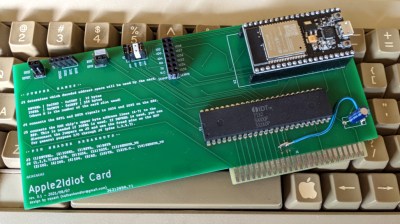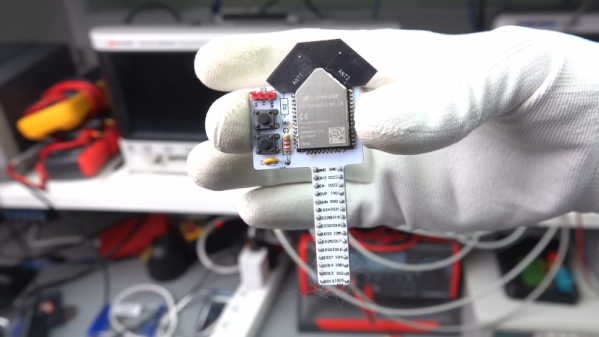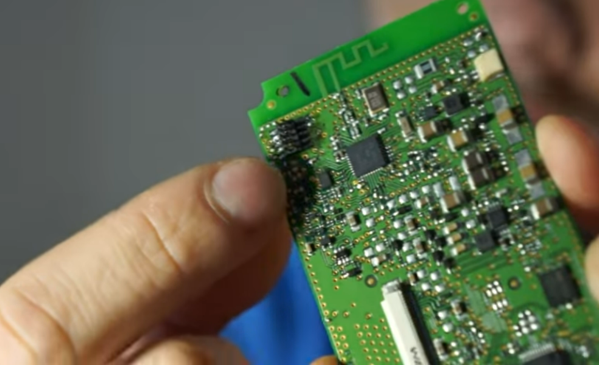Feeling confined by the “traditional” cyberdeck form factor, [adam] decided to build something a little bigger with his Cyberpack VR. If you’ve ever dreamed of being a WiFi-equipped porcupine, then this is the cyberdeck you’ve been waiting for.
Craving the upgradability and utility of a desktop in a more portable format, [adam] took an old commuter backpack and squeezed in a Windows 11 PC, Raspberry Pi, multiple wifi networks, an ergonomic keyboard, a Quest VR headset, and enough antennas to attract the attention of the FCC. The abundance of network hardware is due to [adam]’s “new interest: a deeper understanding of wifi, and control of my own home network even if my teenage kids become hackers.”
The Quest is setup to run multiple virtual displays via Immersed, and you can relax on the couch while leaving the bag on the floor nearby with the extra long umbilical. One of the neat details of this build is repurposing the bag’s external helmet mount to attach the terminal unit when not in use. Other details we love are the toggle switches and really integrated look of the antenna connectors and USB ports. The way these elements are integrated into the bag makes it feel borderline organic – all the better for your cyborg chic.
For more WiFi backpacking goodness you may be interested in the Pwnton Pack. We’ve also covered other non-traditional cyberdecks including the Steampunk Cyberdeck and the Galdeano. If you have your own cyberdeck, you have until September 30th to submit it to our 2022 Cyberdeck Contest!

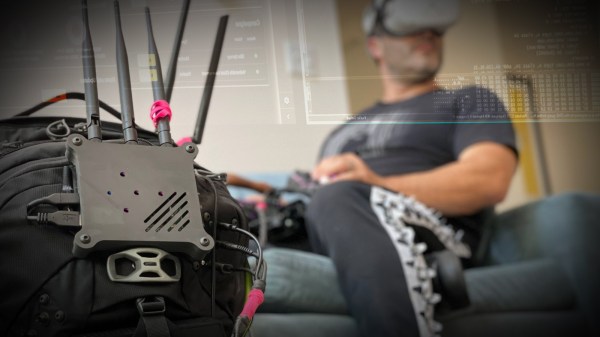

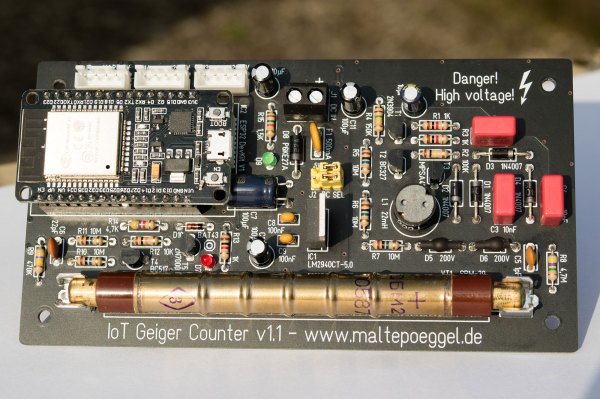
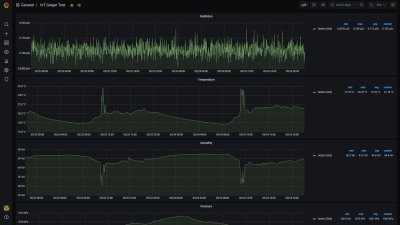
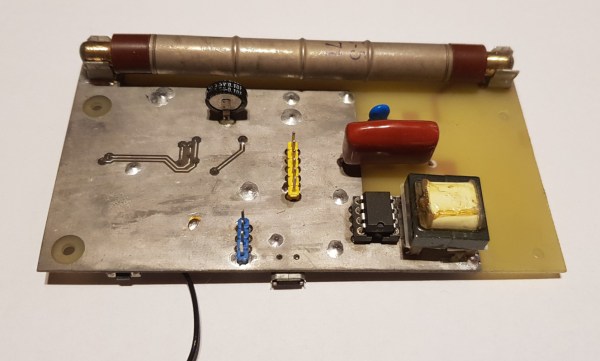


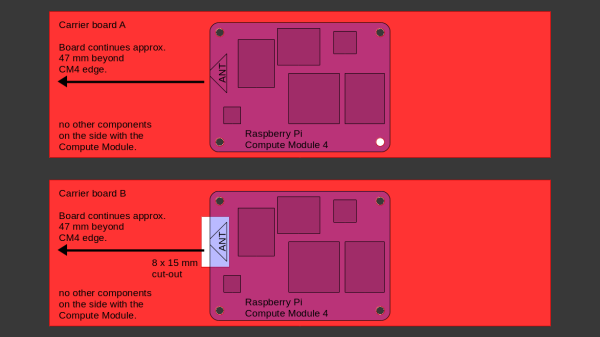
 After setting up some test locations and writing a few scripts for ease of testing, [Avian] recorded the experiment data. Having that data plotted, it would seem that, while presence of an under-antenna cutout helps, it doesn’t affect RSSI as much as the module placement does. Of course, there’s way more variables that could affect RSSI results for your own designs – thankfully, the scripts used for logging are available, so you can test your own setups if need be.
After setting up some test locations and writing a few scripts for ease of testing, [Avian] recorded the experiment data. Having that data plotted, it would seem that, while presence of an under-antenna cutout helps, it doesn’t affect RSSI as much as the module placement does. Of course, there’s way more variables that could affect RSSI results for your own designs – thankfully, the scripts used for logging are available, so you can test your own setups if need be.
